Jordan has so much to offer, and luckily it’s easy to travel around. When most people think about Jordan, they think about Petra and the famed Treasury from the Indiana Jones movie. Petra really is amazing and a definite must see. However, Jordan offers so much more. A 10 day trip can cover a number of amazing sites including Roman ruins, religious historical locations, and jaw-dropping landscapes.

I can’t believe I took so long to write about Jordan. I loved visiting this country in March of 2020! This is a country I hope to travel in again. While months could be spent immersing yourself in Jordan, here are some absolute must see highlights that you could enjoy in as little as a 10 day trip.
Jordan Itinerary Overview
Day 1: Arrive in Jordan
Day 2-3: Amman
Day 4: Day trip to Jerash, Ajloun Castle, and Umm Qais
Day 5: Day trip to Bethany, The Dead Sea, Mount Nebo, and Madaba
Day 6-7: Petra
Day 8-9: Wadi Rum
Day 10: Say goodbye to this amazing country.
Day 1: Arrive in Jordan
The capital city Amman is where we start this itinerary. The largest airport in the country is Queen Alia International Airport. It is located just 30 km or 18 miles south of the city of Amman.
Days 2-3: Amman
While in Amman you should join a city walking tour, visit the Roman Theatre, and spend at least a few hours wandering around The Citadel. If you are short on time, you could fit all this into one day, but I recommend taking two days to be able to take more time at each site and have a more relaxing experience.
City Walking Tour
Immerse yourself into the old city of Amman by joining a city walking tour. The tour will guide you through a number of bustling markets, called souks. Walk into narrow alley entrances to find markets filled with spices, and brightly colored fruits and vegetables. Treat yourself to local sweets like baklava and freshly baked bread. Walk along the glitzy Gold Souq streets with jewelry hanging in every window. See local clothing being sewn and sold. Try some of the best falafel being cooked and sold along the streets. These walking tours provide insight into the history and culture of this city and country.
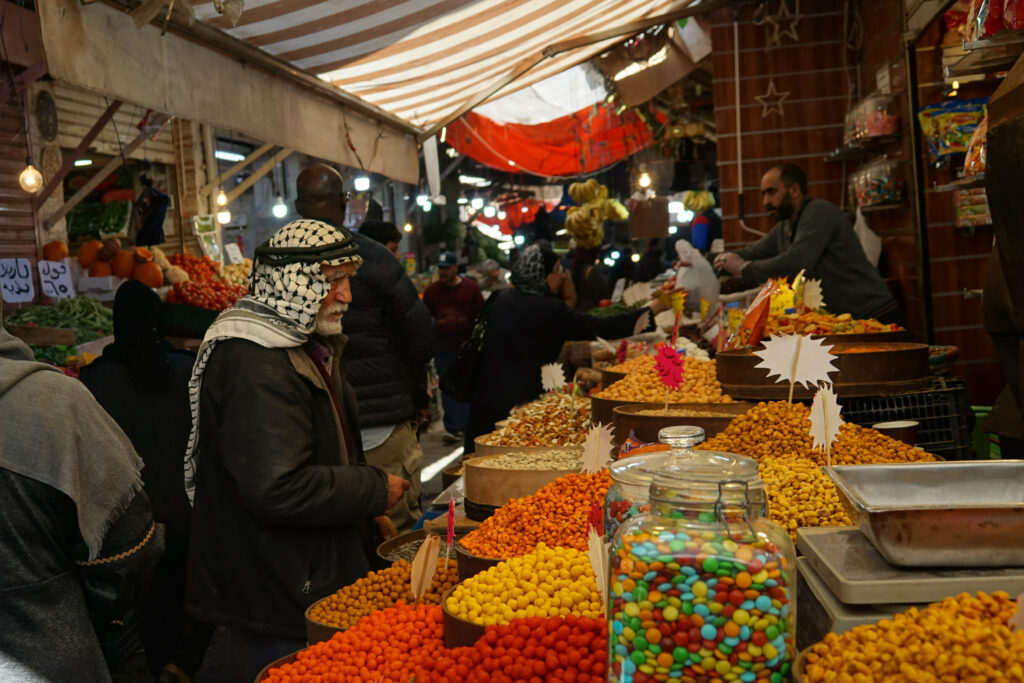
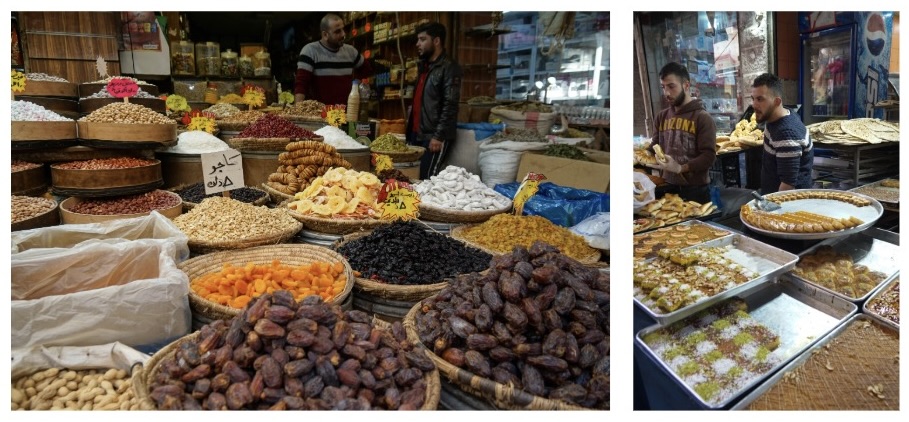
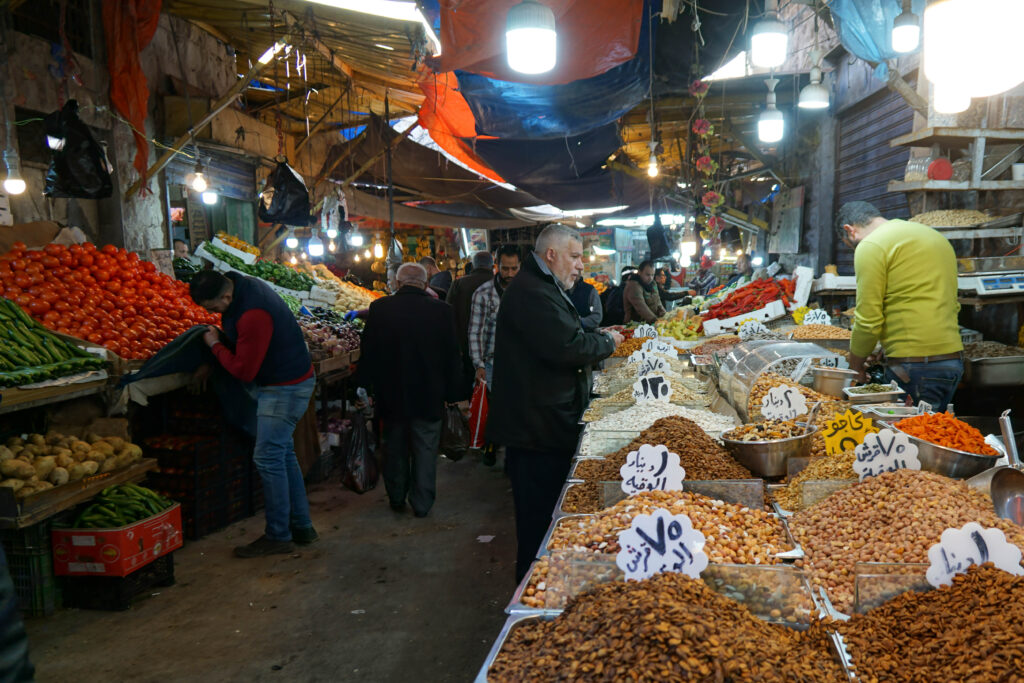

Roman Theatre
The most impressive remnant from the Romans in Amman is the 2nd century Roman Theatre in downtown. The theatre was built into the hill, with steeply rising seating that could hold over 5,000 people. I felt quite nervous looking down from the top seats as the angle and distance down is so intense I was scared I may tumble to the bottom.
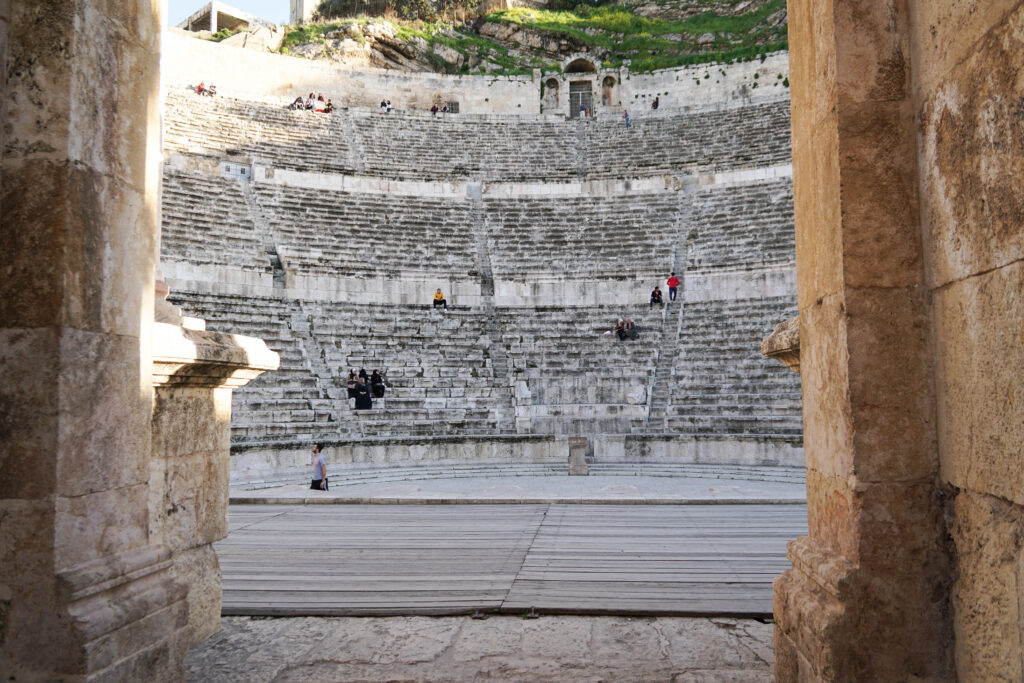
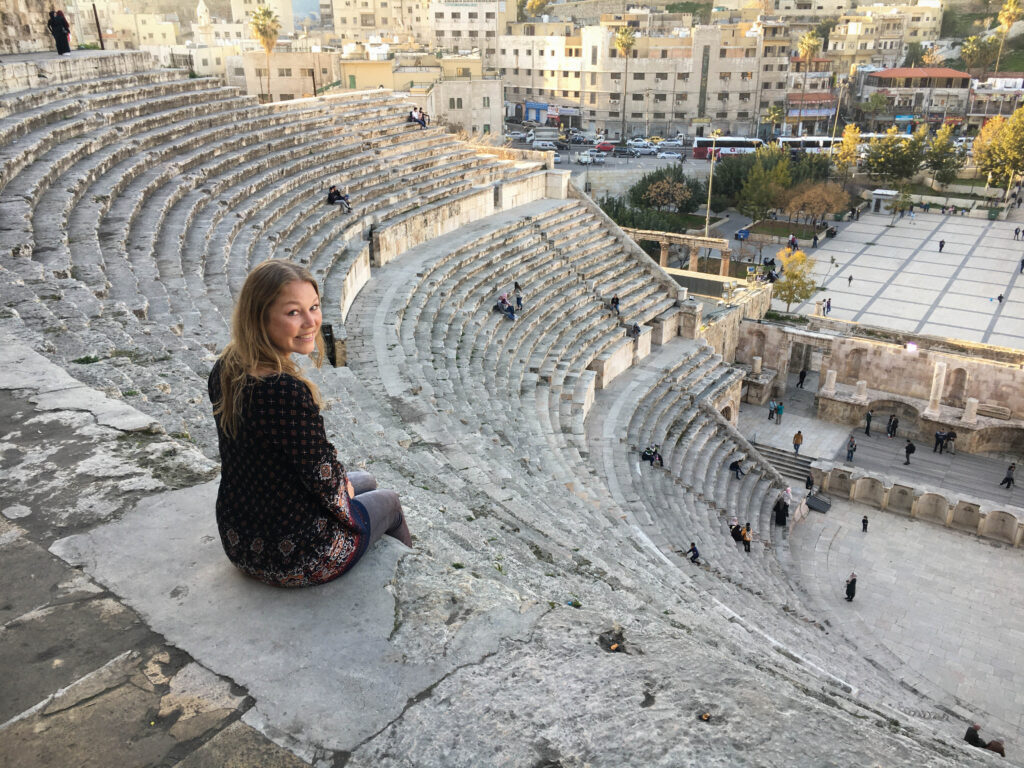
Amman Citadel
Plan to spend multiple hours at the Amman Citadel located on the top of the highest hill in the area. If you are up for a bit of a workout, you can easily climb the stairs not far from the Roman Theatre up to the top. Or you could hire a taxi. The area now called The Citadel has been settled for an incredibly long time. The oldest discovered remains of settlement here are from 4000-3000 BCE.
One of the first structures you will find is the Temple of Hercules. It was built by the Romans in 161-166 CE when the city was called Philadelphia. Built on a large stone podium, it was meant to be seen by the city below. Only a few pillars of the temple stand now, but the most fascinating remnant is the giant stone hand that is resting on the ground next to it. The hand and elbow fragments were found near the temple remains. The statue they would have belonged to would have stood 13 meters high, making it one of largest statues of that time. Therefore, the temple was attributed to Hercules.
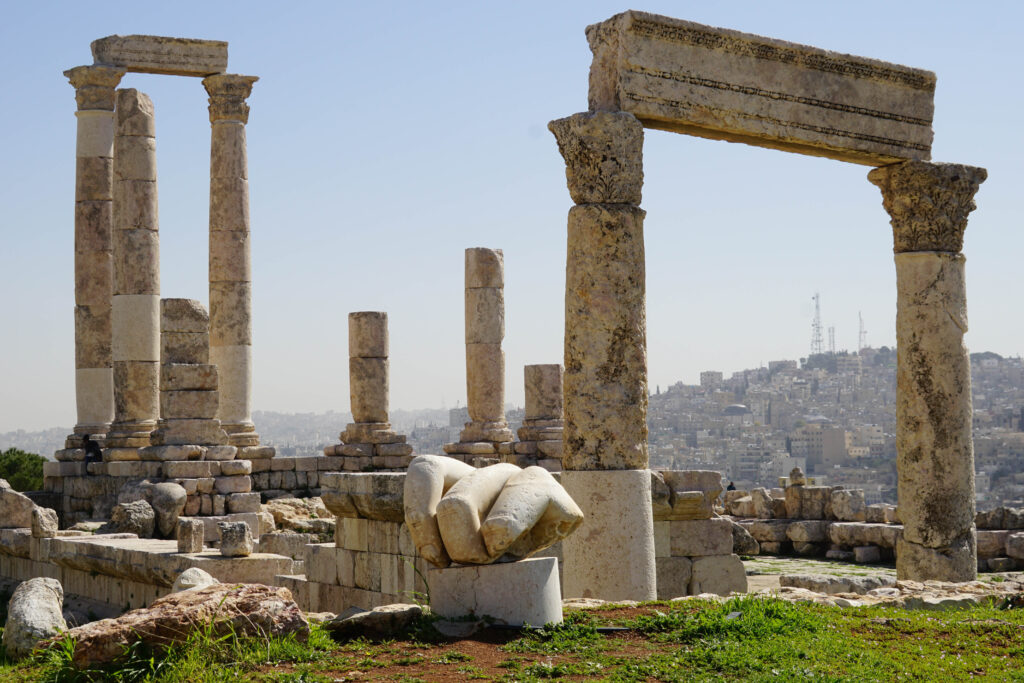
Throughout the Citadel, columns and partial remains of walls are scattered everywhere. Below are the remains of a Byzantine Church from 550 CE.
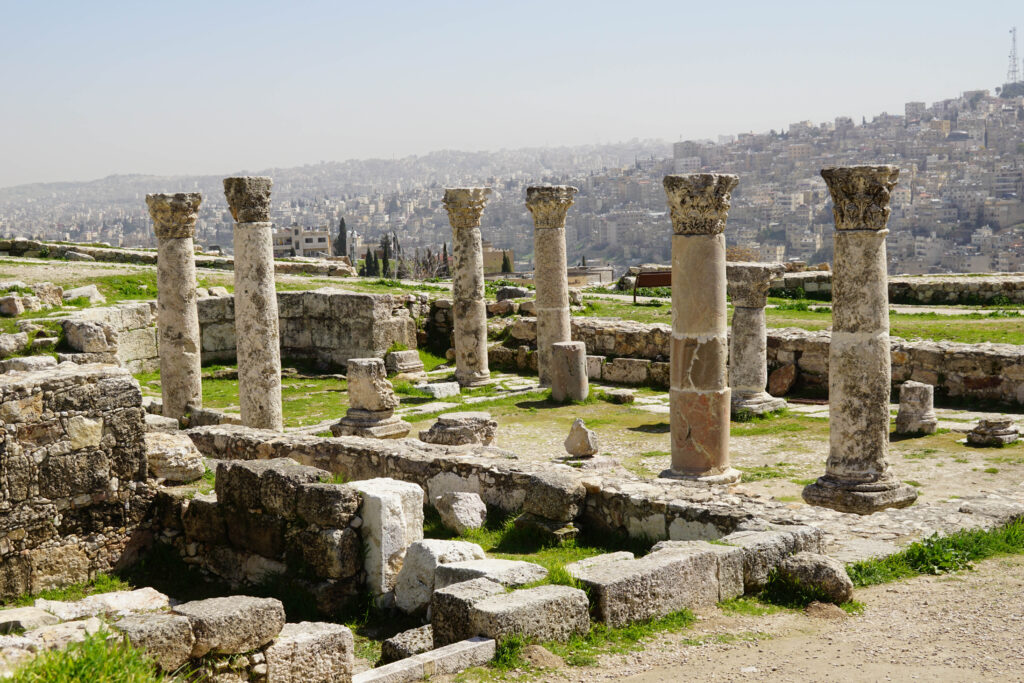
Umayyad Palace was a large palatial complex built in the first half of the 8th Century. This was the governor’s residence as well as an administrative center. All that remains is the entrance hall. From afar it looks like a fairly simple stone building with a dome on top but is actually quite beautiful. The giant doorway opens up to a large room with arches and a vaulted ceiling. The ceiling has been reconstructed out of wood as they believe it would have been in its day. The side walls are filled with decorative carvings of columns and plant-like designs.

The National Archaeological Museum is definitely worth a visit. Most of the items on display were found either at the Citadel site or at the Roman Theatre below though some items came from nearby Jericho. It houses all sorts of statues and figures from the Romans. Even more impressive are the older items, the oldest of which are some tools from the Stone Age (40,000 – 10,000 years ago).
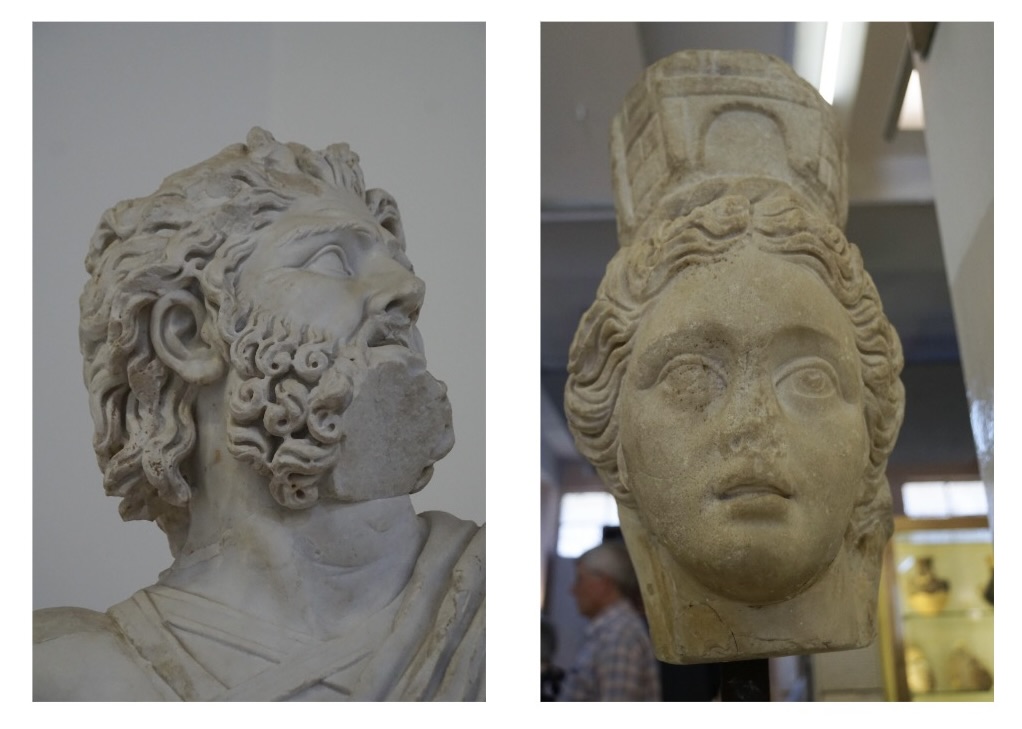
What I found the most interesting were the items found in Jericho that date from the Neolithic period (8,000-4,500 BCE). There are plastered skulls thought to have been preserved to be worshipped by their descendants. Figures considered to be the oldest made by man are on display (one from 6,500 BCE). The earliest statue to be worshipped is also here.
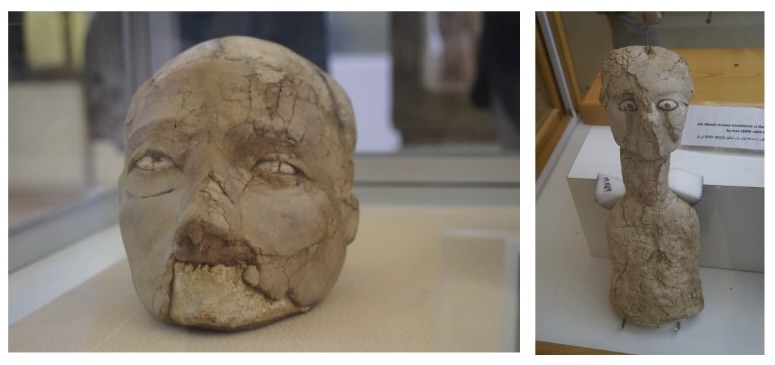
All of the sites I have mentioned are in the downtown area of Amman, so they are easily accessed if you are staying in this area. In the evening, grab some food or a drink at a rooftop terrace like the Pizza Roma Cafe. The view over the city from this area is fabulous.
Day 4: Jerash, Ajloun Castle, and Umm Qais
I went on an organized day trip to Jerash, Ajloun Castle, and Umm Qais. I will share information about each stop but Jerash was the highlight. You could take a bus to Jerash and see it on your own for a cheaper price. This would also allow more time to wander around the remarkable ruins of this ancient city.
Jerash
Walking around the ruins of the walled Greco-Roman settlement of Jerash really gives the sense of being in an amazing Roman city. Hadrian’s Arch is an impressive, well preserved start to the visit. It was built to celebrate Emperor Hadrian’s visit in 129 CE. Keep walking, passing under the South Gate and soon you will be standing in the Oval Plaza. This large plaza lined with columns was the connecting point of two important streets in the city.
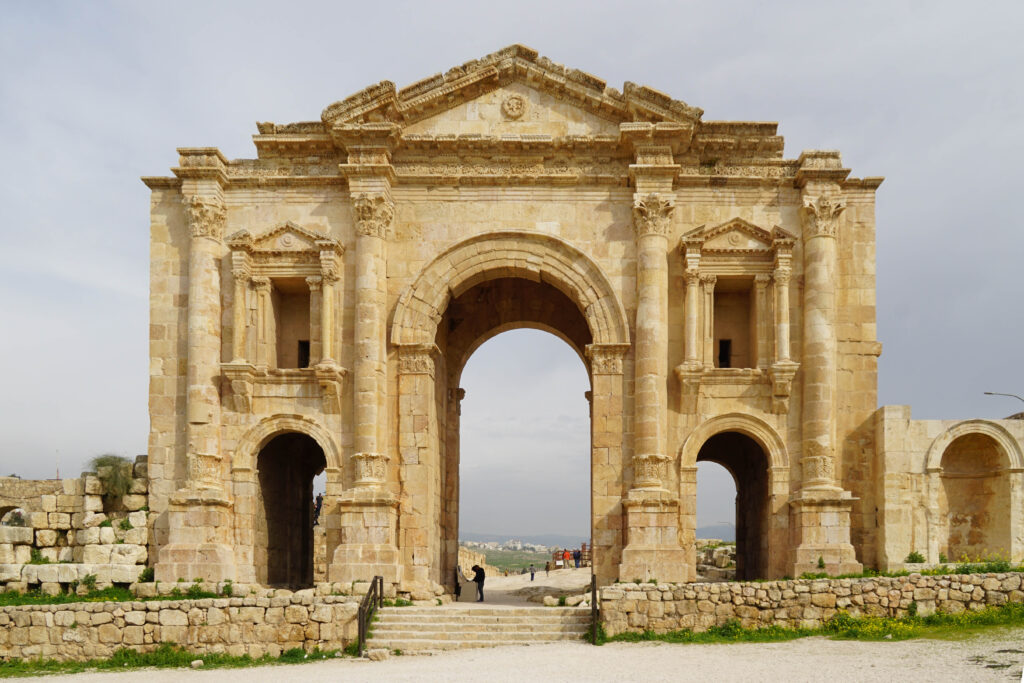
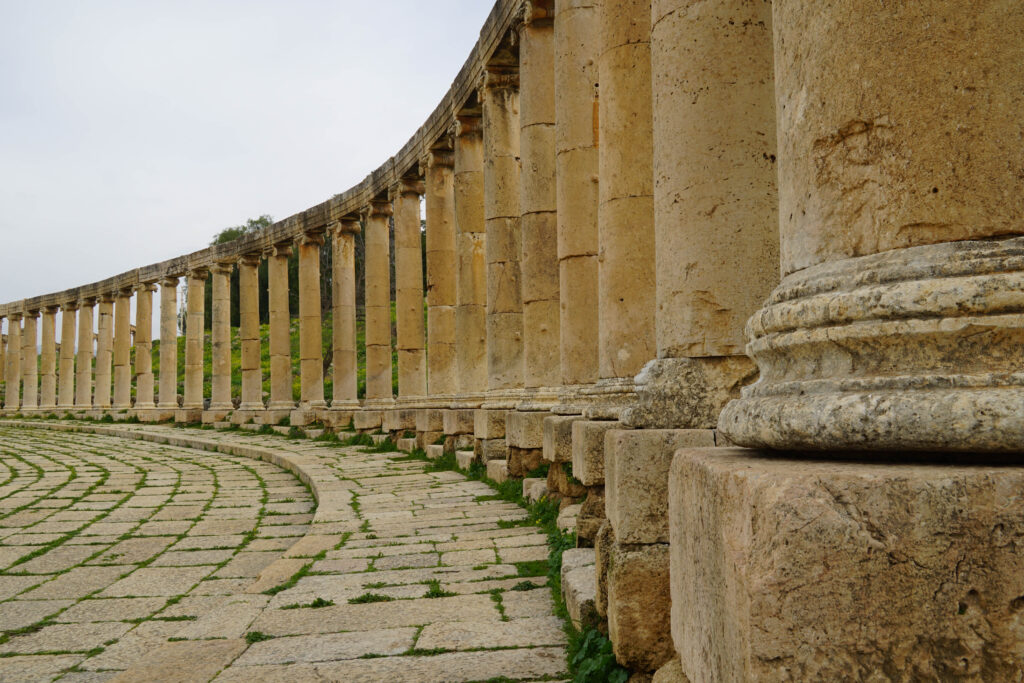
The Great Temple of Zeus was built during the second century CE. It lies on a terrace and overlooks the Oval Plaza and the rest of Jerash.
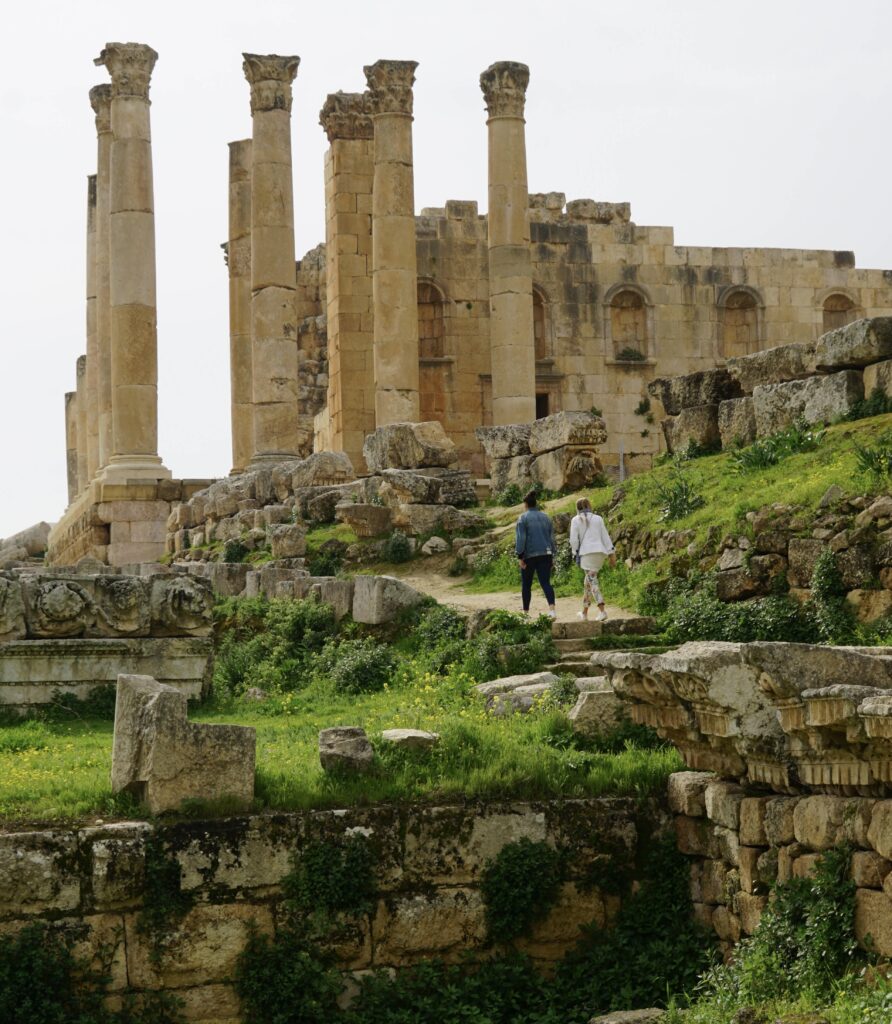
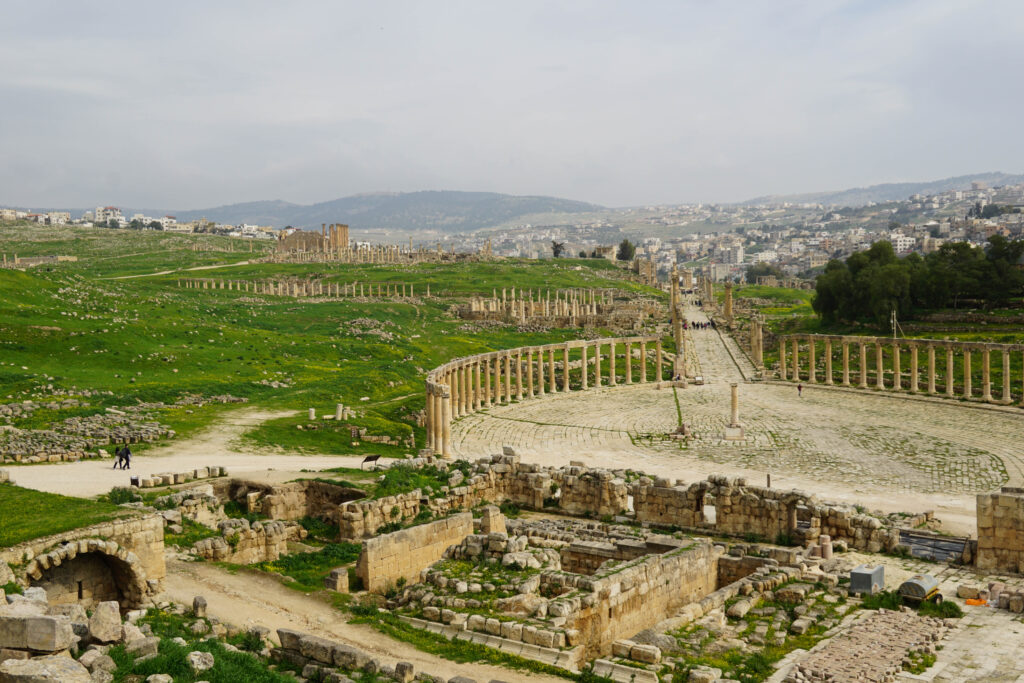
Three theatres are found around the ancient city. Below is the South Theatre which was built at the end of the first century CE.
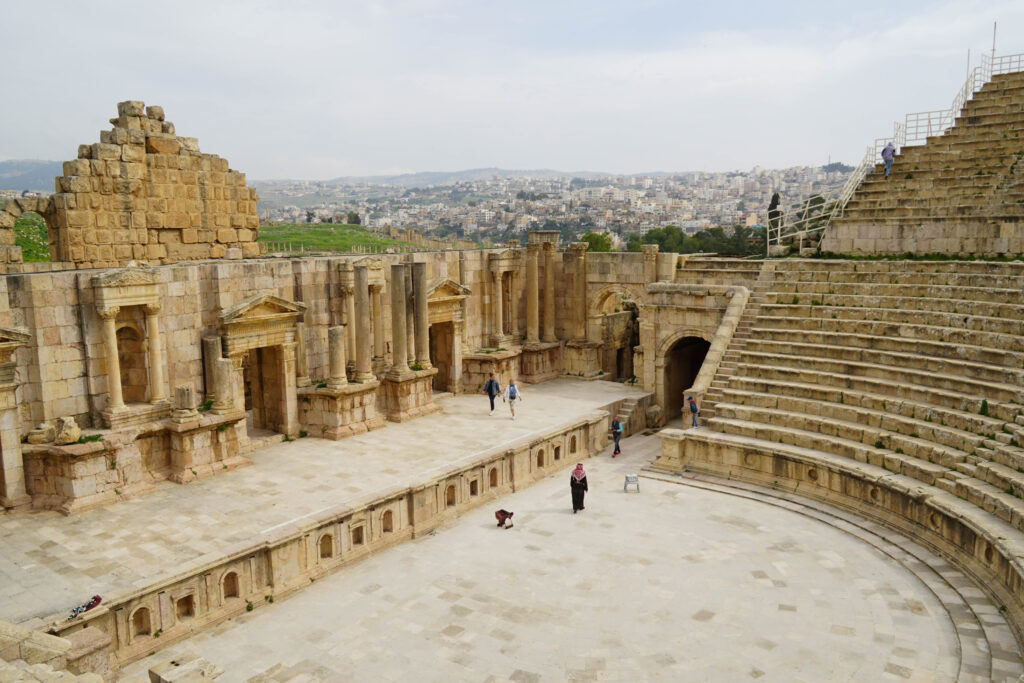
The Temple of Artemis was built in the 2nd century CE and was dedicated to Artemis, the goddess of hunting and fertility.
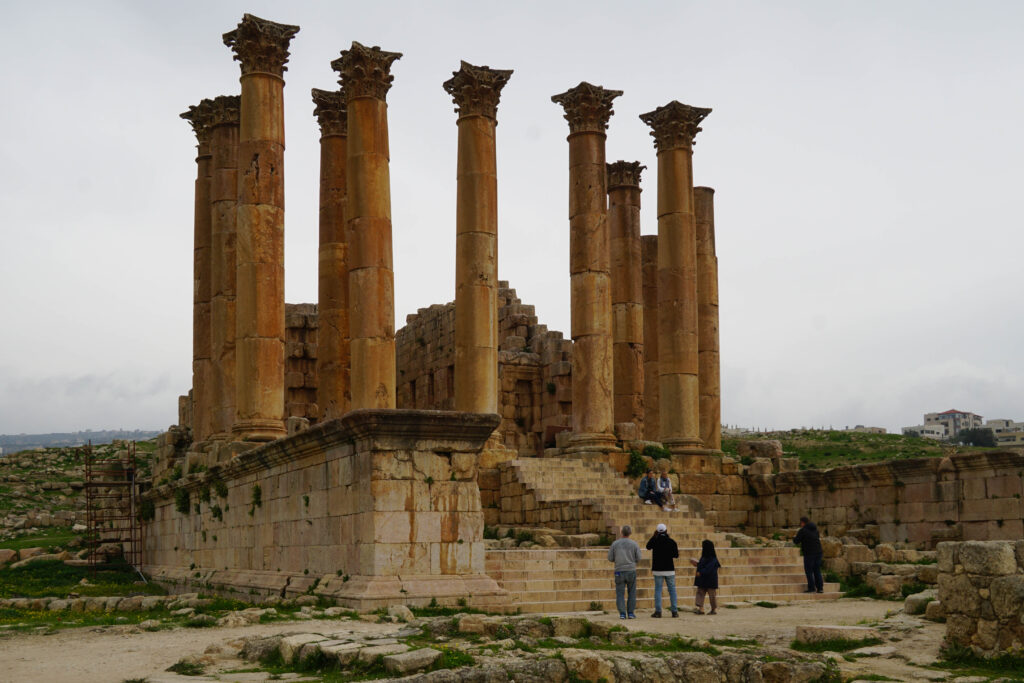
Remnants of the old city are everywhere you look. Take your time walking down the stone streets, lined with columns and partial walls. Chunks of decorative molded stone sit on each side, providing a glimpse of how exquisite the city would have been in its time.
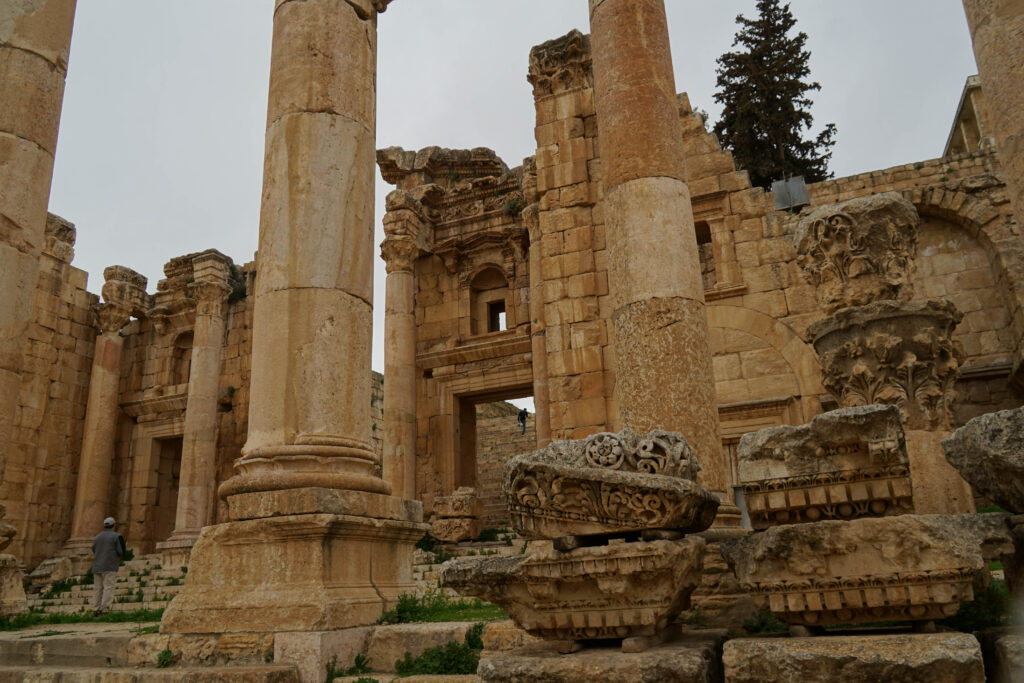
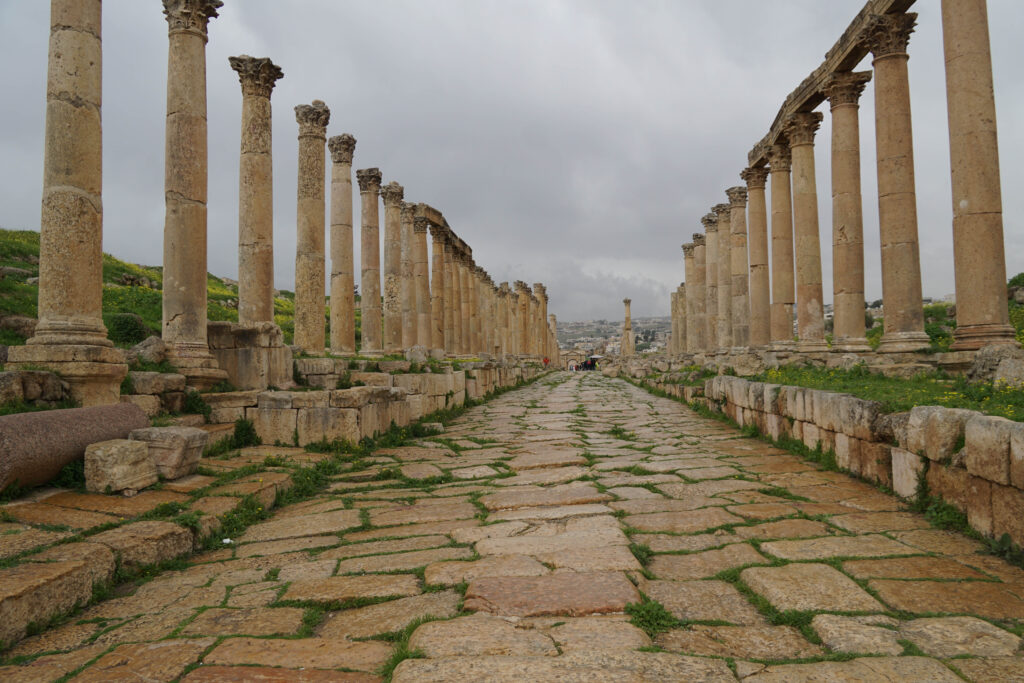
Ajloun Castle
Ajloun Castle is a beautiful 12th Century fortress with magnificent views of the green Jordan Valley from its towers. It was built in a strategic location to look out for Christian invaders during the Crusades. The castle offers many towers and chambers to explore. It’s a nice stop but if you want to visit Jerash on your own by bus, don’t worry about missing this site.
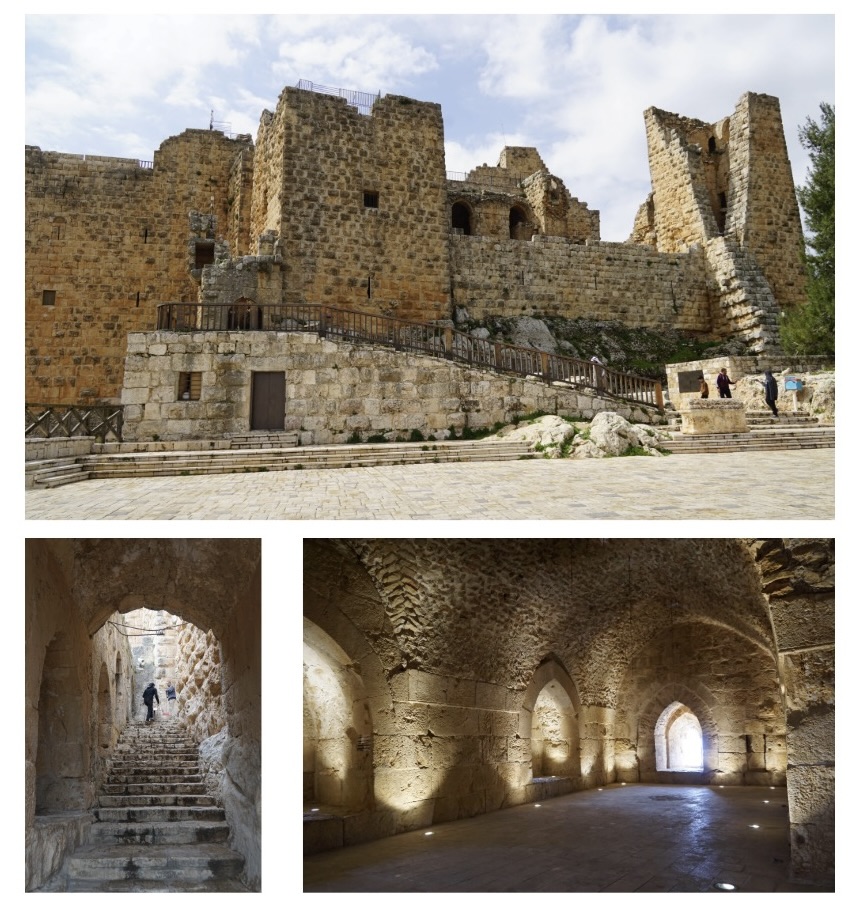
Umm Qais
Umm Qais was underwhelming after just visiting impressive Jerash. If it’s included in your tour, take note of the dark columns built from black basalt stones. The city was originally built by the Greeks but then conquered by the Romans and later by the Arabs. A couple Roman theaters are in good condition. However in comparison to Jerash, it seemed like less actual structures and more stones piled along the walkways. If this is not a part of an organized tour, I wouldn’t worry about visiting the site.
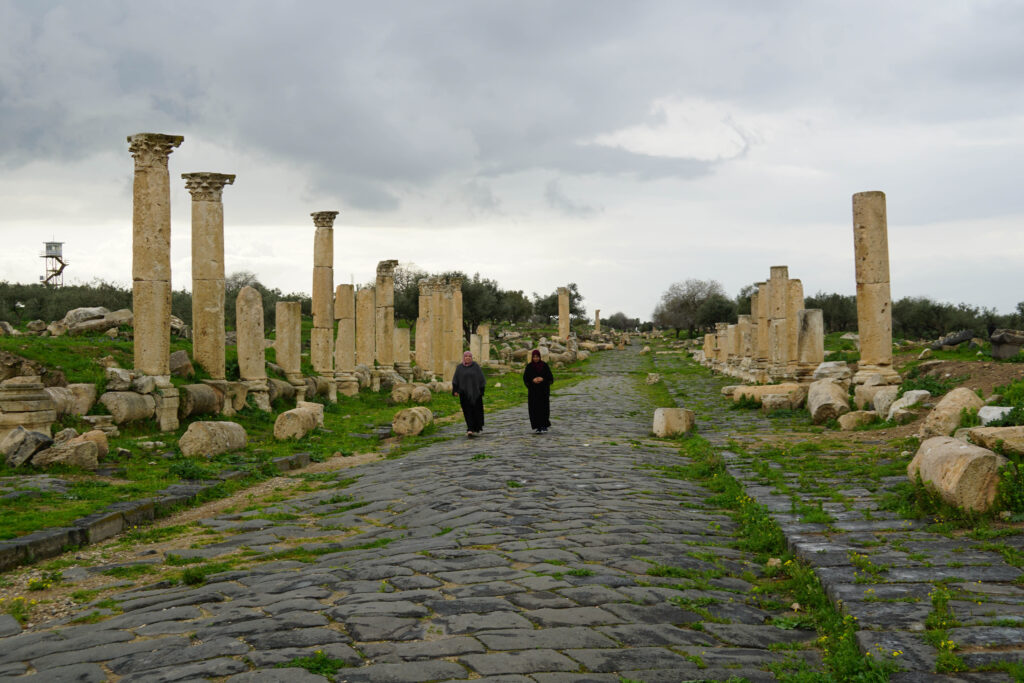
Day 5: Bethany, The Dead Sea, Mount Nebo, and Madaba
You can easily find a day trip that will take you to these sites by asking your hotel or searching a site like viator.com.
Bethany
My day trip started in Bethany, which is the site where Jesus was baptized by John the Baptist. Back then, the Jordan River met up with a spring at this spot. Today, the river is further away. It’s just a short walk though and you can look across the Jordan River and see Christians on the other side being baptized.
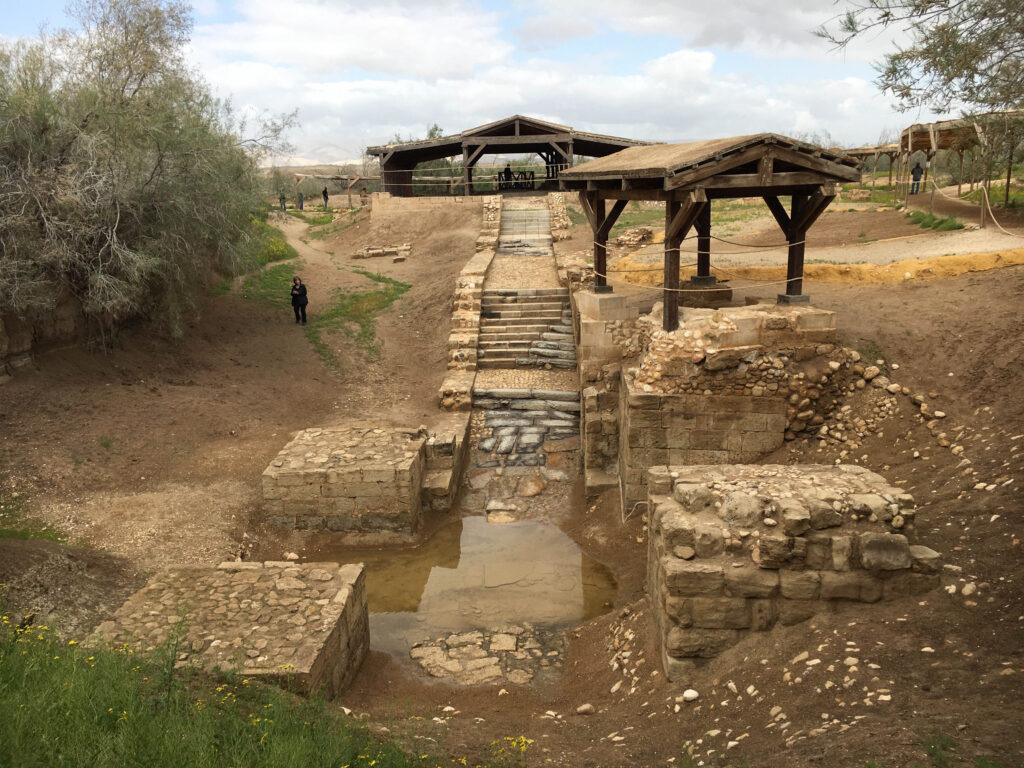
The Dead Sea
After Bethany, we visited the Amman Beach Resort on the Dead Sea. It really is a crazy experience to float in the extreme salinity of the sea here and being so buoyant! You can lean back, stick your feet up out of the water, and just float!
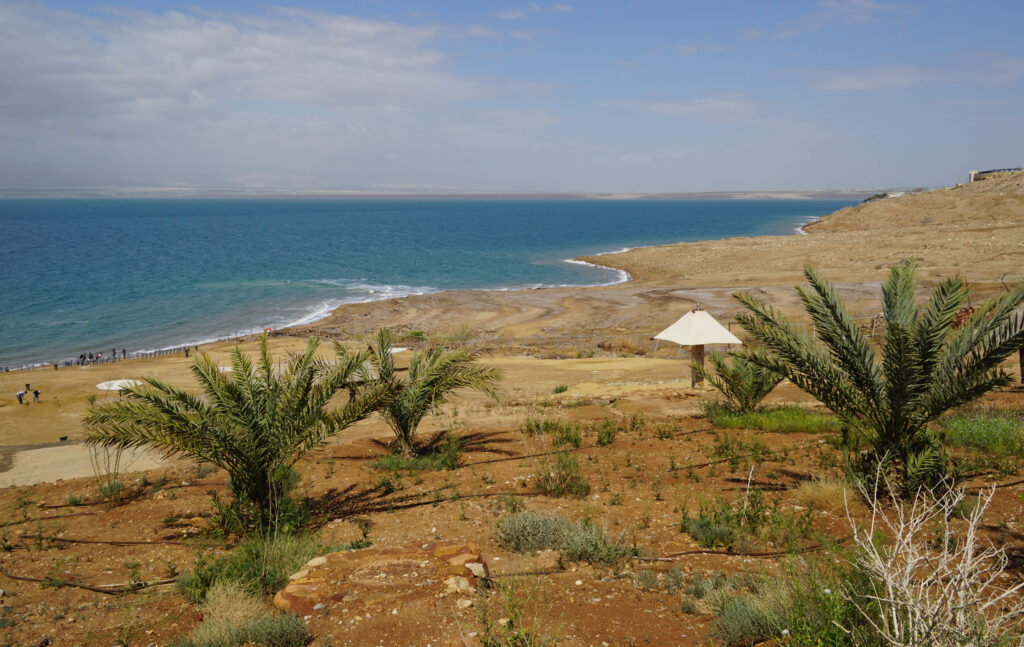
Mount Nebo
Next up was taking in the view at Mount Nebo. This mountaintop is where Moses is to have seen the promised land for the Jewish people.
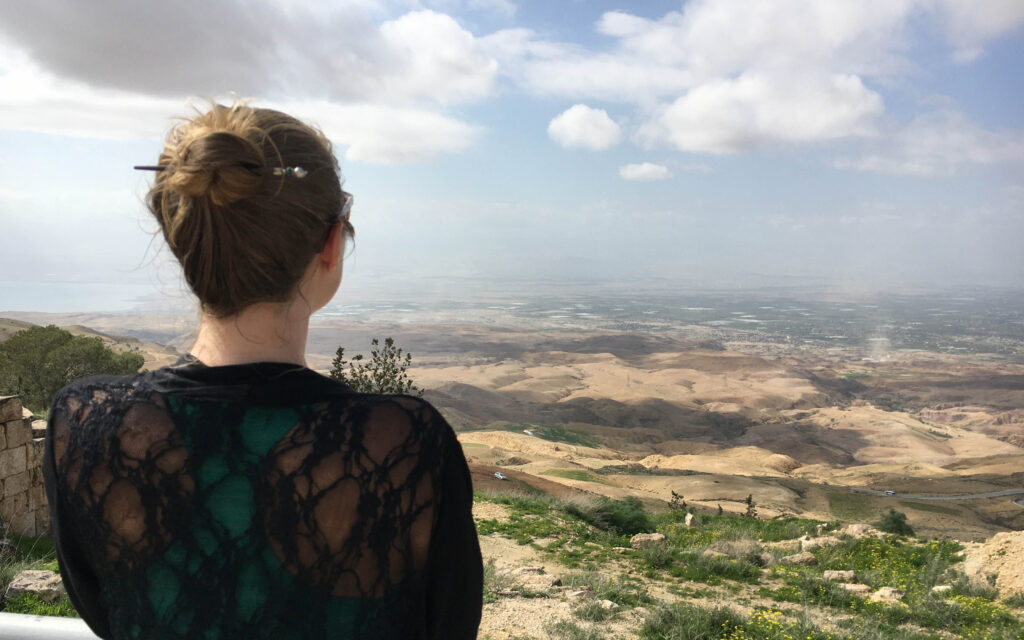
Madaba
Our final stop was Madaba. The highlight here is the Madaba Map in the St George’s Orthodox Church. When the current church was being built, a gorgeous mosaic map was discovered among the remnants of a Byzantine church that had been on this site. This mosaic is actually a map and is the oldest known map of Palestine being constructed in 560 CE.
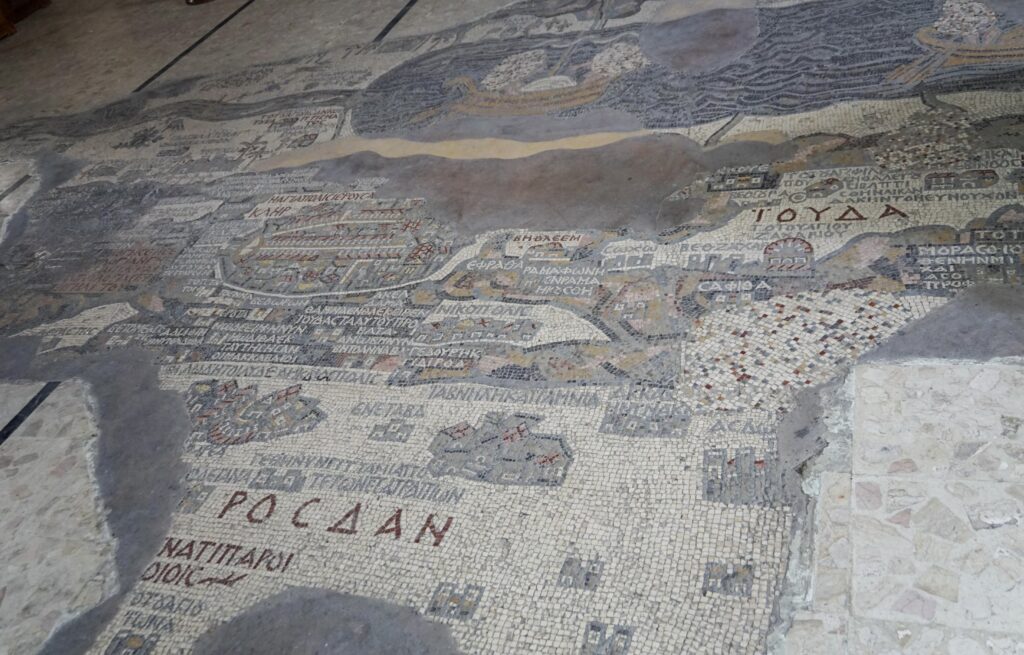
Days 6-7: Petra
Petra might be my favorite place I have ever visited. Petra is packed with unbelievable enormous buildings carved out of the rock. They were carved out by the Nabataeans, an ancient Arab culture who first appeared in the sixth century BCE. Both the Nabataean people and Petra were annexed into the Roman Empire in 106 CE. The Romans added their own architecture to this area including temples and amphitheaters. Petra was abandoned around the 4th Century CE.
After you pass through the entry gate to Petra, a long walk lies between you and the main sites. However, shortly into the walk you will start seeing some cool structures like this tomb along the gravel road. Local Bedouin may fly past on their horses, and some horse drawn buggies may rush past you.
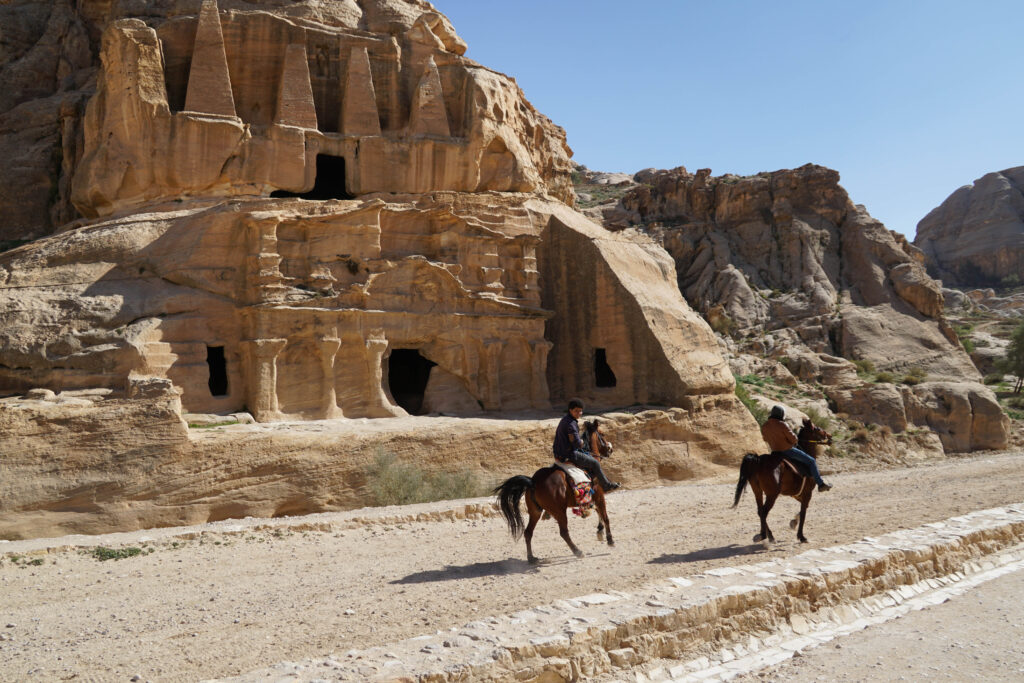
After a 1 km walk on this gravel road, you will enter the slot canyon which is called the Siq. The rocks begin to rise around you until they tower high above, blocking most of the sunlight. The enchanting walk through the Siq is about 1.2 km long. Finally, the famous Treasury comes into view as you reach the end of the slot canyon. As you step out from the towering walls, the enormity of this carved out tomb overwhelms you. The Treasury was constructed between 60 BCE and 50 CE. It was the tomb of the Nabataean King Aretas III and is believed to have had treasures held within.
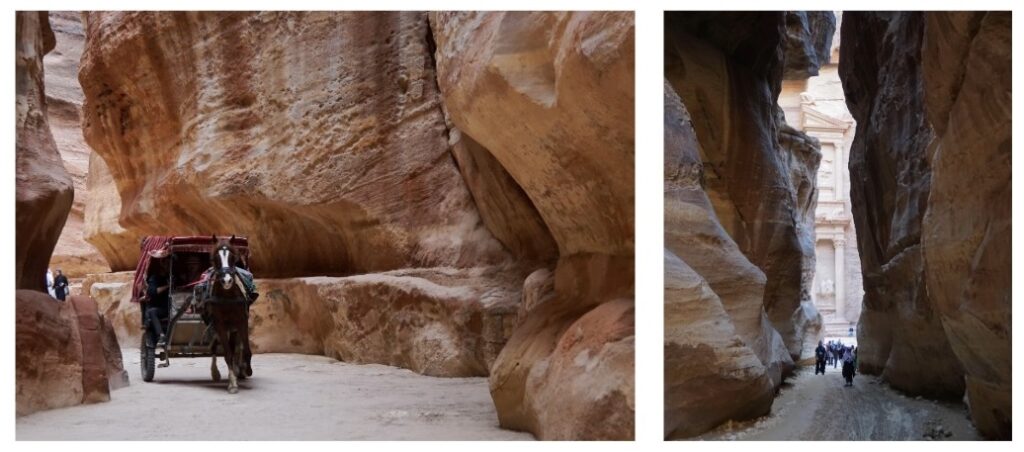
A climb up the nearby rocks offers a great vantage point for photos for those that are adventurous. Locals may want to escort you up and take photos for you… for a fee. It’s up to you if you feel comfortable making the climb and paying for the escort.
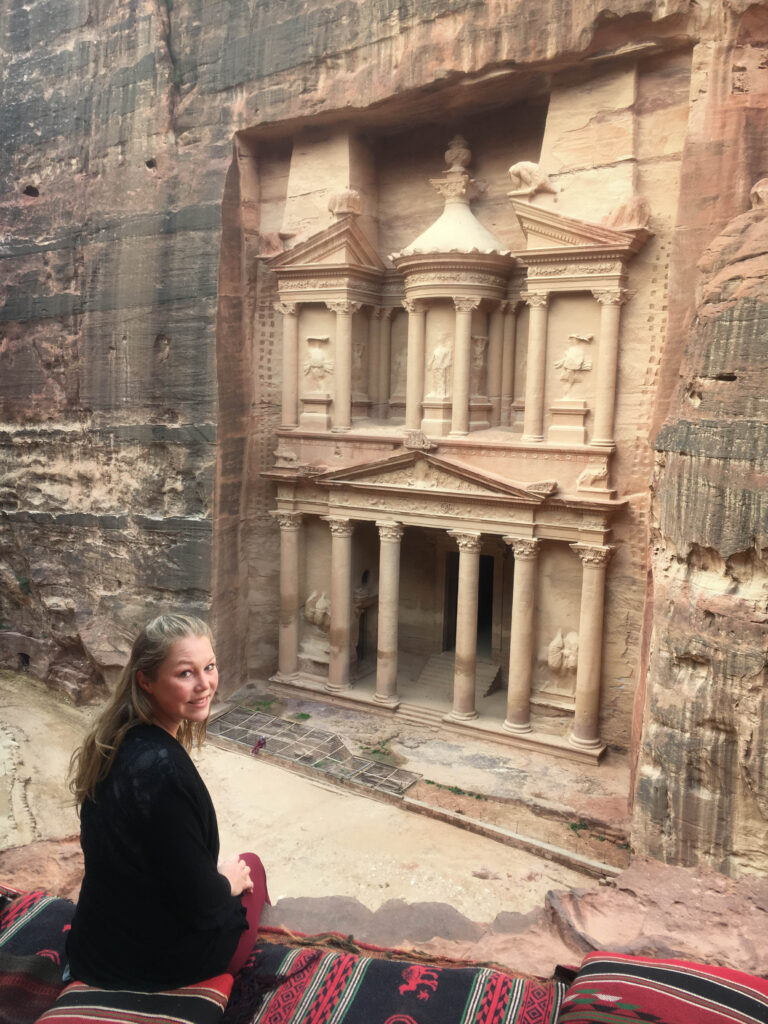
After admiring the famous Treasury, so much more awaits you. Walk along the road past locals selling keepsakes and soon carved out structures will surround you. I found the rainbow of colors in some of these rocks really gorgeous.
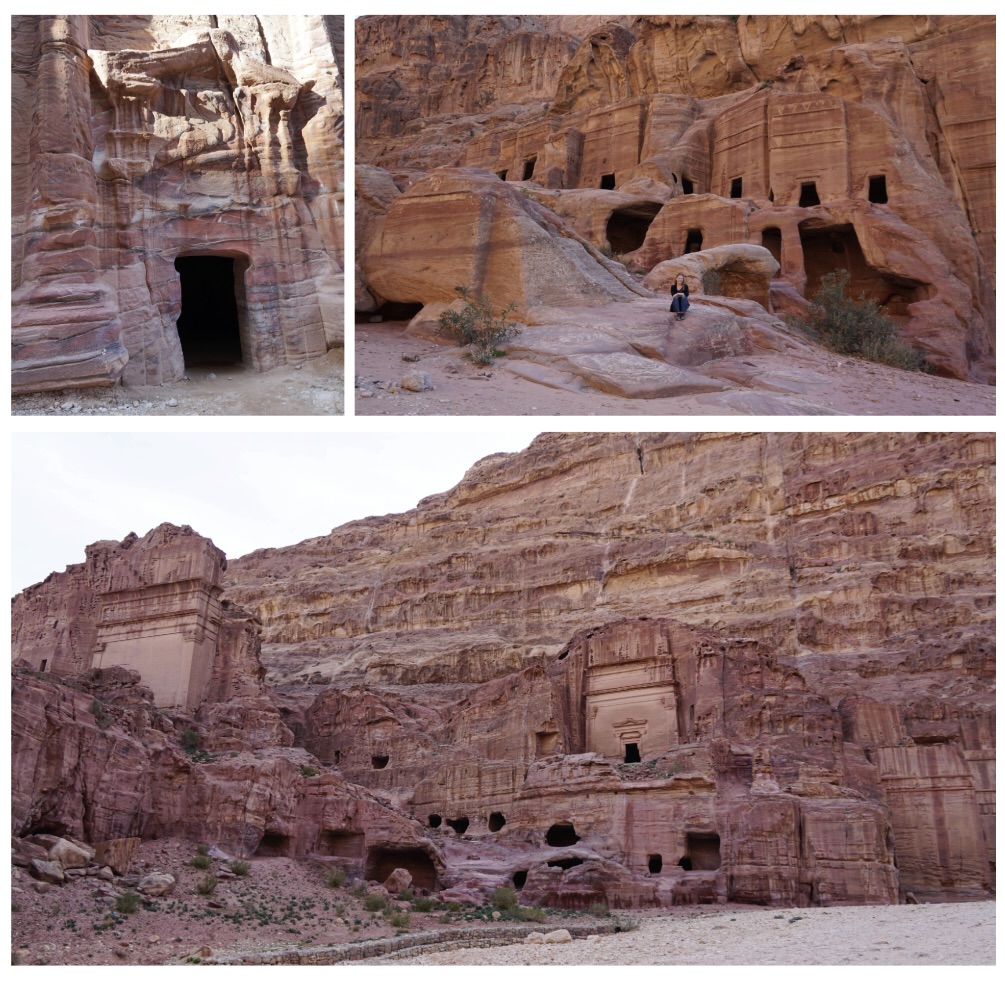
One of the farthest points from the entrance is the second most famous site in Petra: The Monastery. To reach it requires a 1.25 km hike further from all the other main sites. The Ad-Deir Monastery Trail will lead you there. While the hike takes quite a bit of effort, climbing up tons of stairs and walking past little shops set along the way, the Monastery is worth the effort. The Monastery is even more enormous than The Treasury. Some young, fearless locals had climbed up to the top of the structure. To get a sense of the scale, take a look at this picture below. If you look really close you can see the young men on top. When I walked up to the Monastery, my head was hardly as high as the step into the front door!
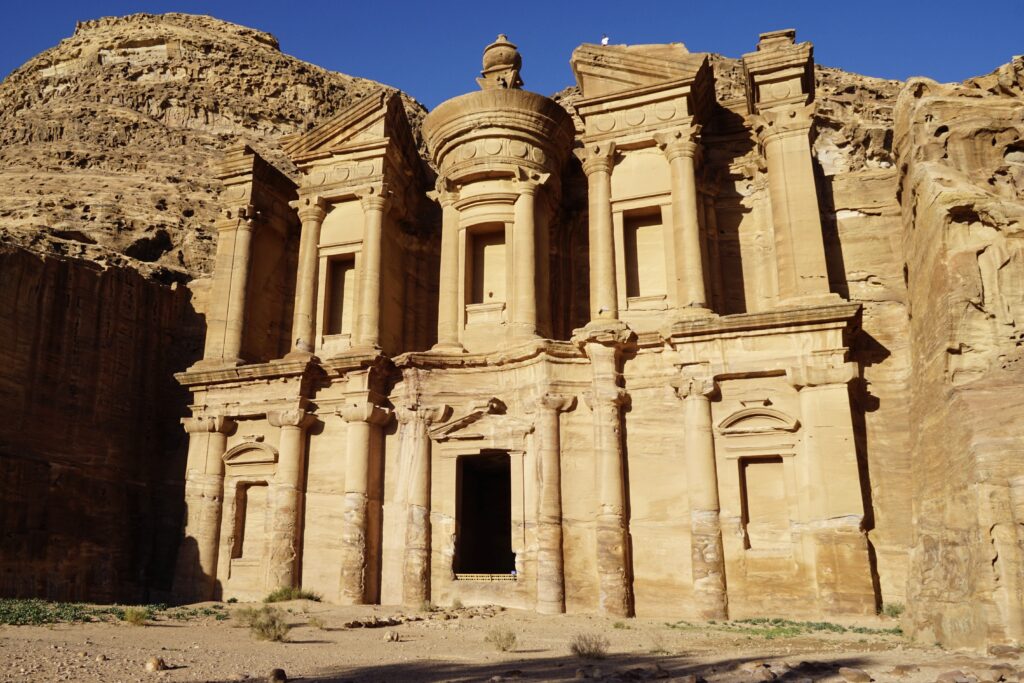
In the vast area between the Treasury and the Monastery lie a number of Roman ruins. These include a number of temples, an ampitheatre, and a church with a stunning mosaic floor.
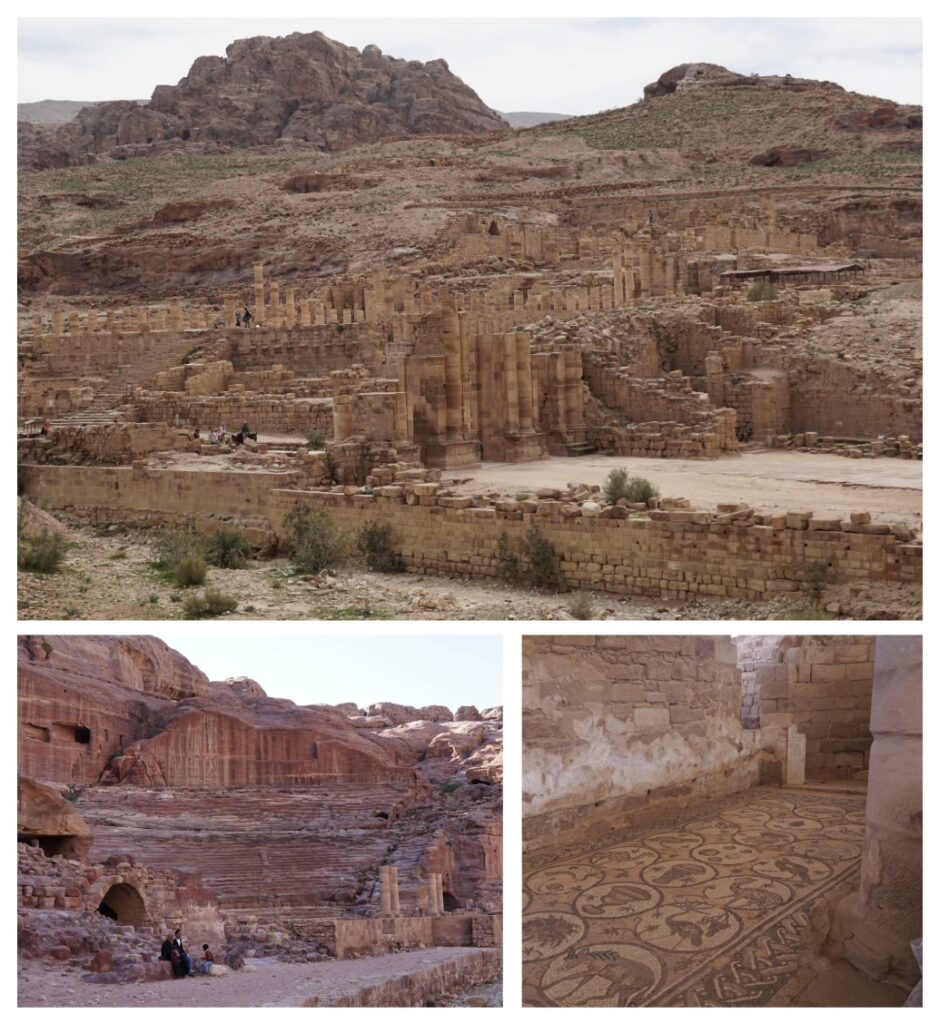
If you only have 2 days, take the earliest transport you can and get in and explore this area as soon as you drop off your bags at your lodging. If you enjoy hiking and you are able to add a day or two into your trip, I would spend the extra time here. There are hiking trails that lead up to towering rocks with bird’s eye views of Petra’s structures. You will stumble across smaller carved out structures that you will have all to yourself during these hikes.
Trails in Petra
The Al-Khubtha Trail starts by the Royal Tombs and will take you up a long rock staircase to a plateau. From here you can see the Roman Amphitheater from high above. Further along this trail, a small shop is set up for beverages. With the purchase of something to drink, you are allowed to access the ledge just outside. From here you can capture a cool bird’s eye view photo of the Treasury.

Another great hike is to the High Place of Sacrifice. The highest point offers wonderful views of Petra below and the mountains surrounding it. I found a super cuddly kitty up there too!

Days 8-9: Wadi Rum
The Wadi Rum Desert in Jordan offers an other-worldly landscape and is relatively easy to visit with a bit of planning. Expect a couple hours journey to reach Wadi Rum from Petra. The red sand and enormous rock formations are striking. No wonder Wadi Rum has been a filming location for so many sci-fi movies including The Martian and Dune, as well as Star Wars’s Rogue One and The Rise of Skywalker.


The outstanding beauty of Wadi Rum is home to really ancient history. Petroglyphs, some thousands of years old, can be found in Al Khazali Canyon. A short walk into the canyon is all it takes to find some of these carvings.

Most visits to Wadi Rum are arranged with local Bedouin people. You will explore the desert in a 4×4 vehicle which is able to drive across the expansive sand as there are no roads in the desert. Exploring the desert, you will walk on the red sand, scramble up rocky terrain, and spend the night in a traditional Bedouin camp. Your guide will take care of you the whole time, so just enjoy.


After your tour of Wadi Rum concludes, you can get transport either back to Amman or down to Aqaba where you could get a glimpse of the Red Sea. Both Amman and Aqaba have airports which you can arrange your onward travel from. It will take about 4 hours to head back up to Amman and around 1 hour to Aqaba.
Day 10: Say Goodbye to Jordan
It’s time to say goodbye to this incredible country and start planning your return trip!
Leave a Reply